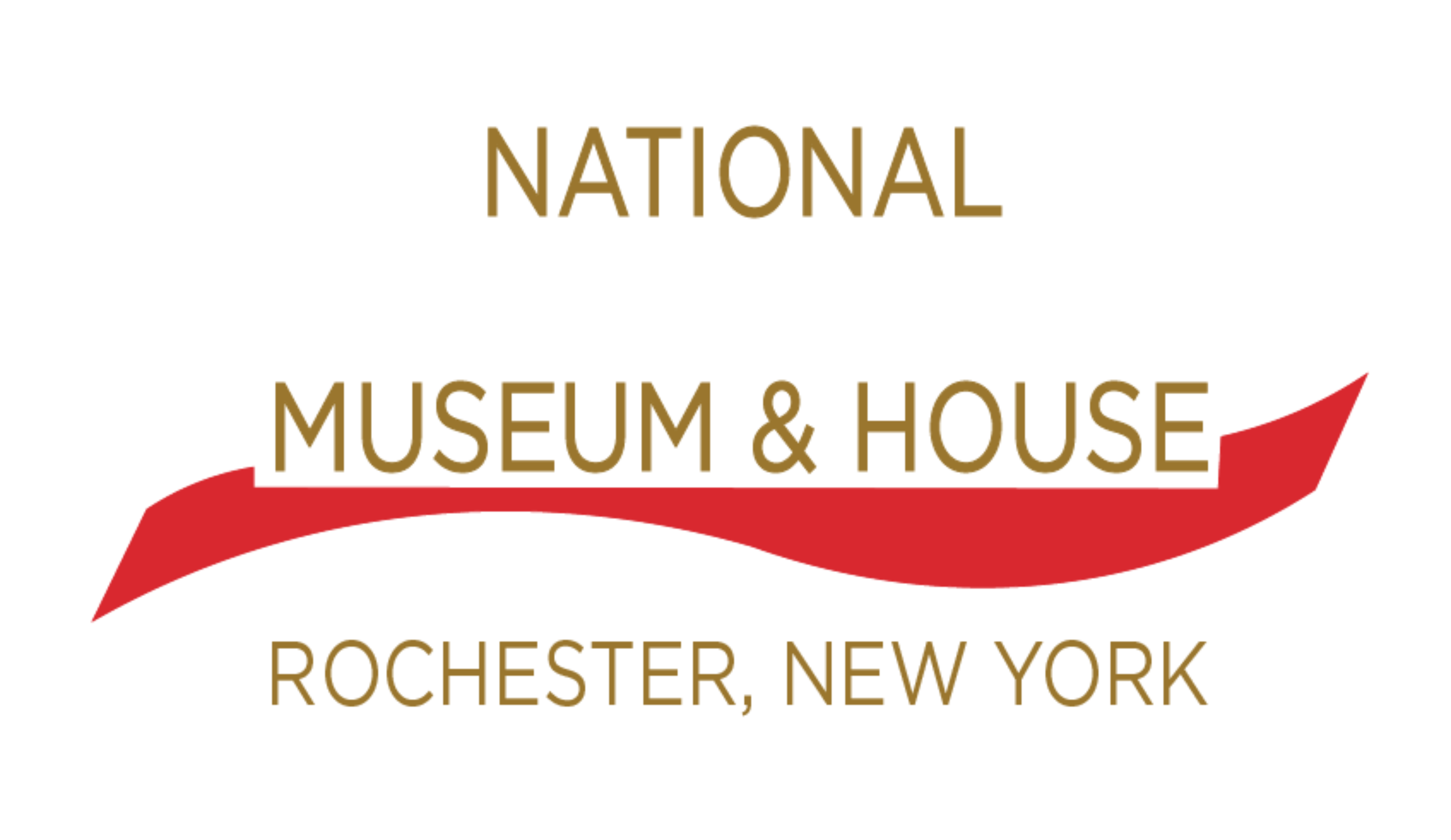Behind every stride towards Civil Rights were individuals who swayed opinions, demanded equality, and inspired. Most often, they did this through a series of speeches. The National Susan B. Anthony Museum & House collected historical speeches from suffragists and abolitionists for performance at VoteTilla in 2017, which can be read in full.
Susan B. Anthony’s Return to the “Old Union” speech; 1863
Susan B. Anthony’s “Is it a Crime to Vote?”; 1872-1873
Susan B. Anthony’s “Woman Wants Bread, Not the Ballot”; 1880-1890
Susan B. Anthony’s “Social Purity”; 1875
Clara Barton from The Life of Clara Barton, by Percy Harold; 1898
Excerpts from Amelia Bloomer’s “Most Terribly Bereft”; 1855 (given in Council Bluffs, Iowa)
Amelia Bloomer’s “Woman’s Right to the Ballot”; 1895
Carrie Chapman Catt’s “The Crisis”; 1916 (Atlantic City, New Jersey)
Frederick Douglass’ “Woman Suffrage Movement,” printed in New National Era; 1870
Jean Brooks Greenleaf’s address to the House Judiciary Committee; 1892
Sarah Grimké’s Letters to Mary Parker; 1837
Hester Jeffrey’s Eulogy of Susan B. Anthony
Samuel May’s “The Rights and Condition of Women,”; 1846
Lucretia Mott’s “Discourse on Woman”; December 17, 1849
Gerrit Smith’s speech at the Syracuse National Convention; 1852
Elizabeth Cady Stanton’s Seneca Falls Keynote Address; July 19, 1848
Elizabeth Cady Stanton’s address on Woman’s Rights; September 1848
Lucy Stone’s speech to the Women’s Rights Convention; 1848 (given in Seneca Falls, New York)
Mary Church Terrell’s “The Progress of Colored Women”; 1904
Sojourner Truth’s “Ain’t I A Woman?” at the National Women’s Rights Convention; 1851
Sojourner Truth’s “Mob Convention” speech; 1853 (given in NYC, New York)
Sojourner Truth’s speech at the American Equal Rights Association meeting; 1867
Angelina Grimké Weld’s speech at Pennsylvania Hall; 1838
Ida B. Wells’ Class Legislation; 1893
Ida B. Wells’ “How Enfranchisement Stops Lynchings” in Original Rights Magazine; June 1910
